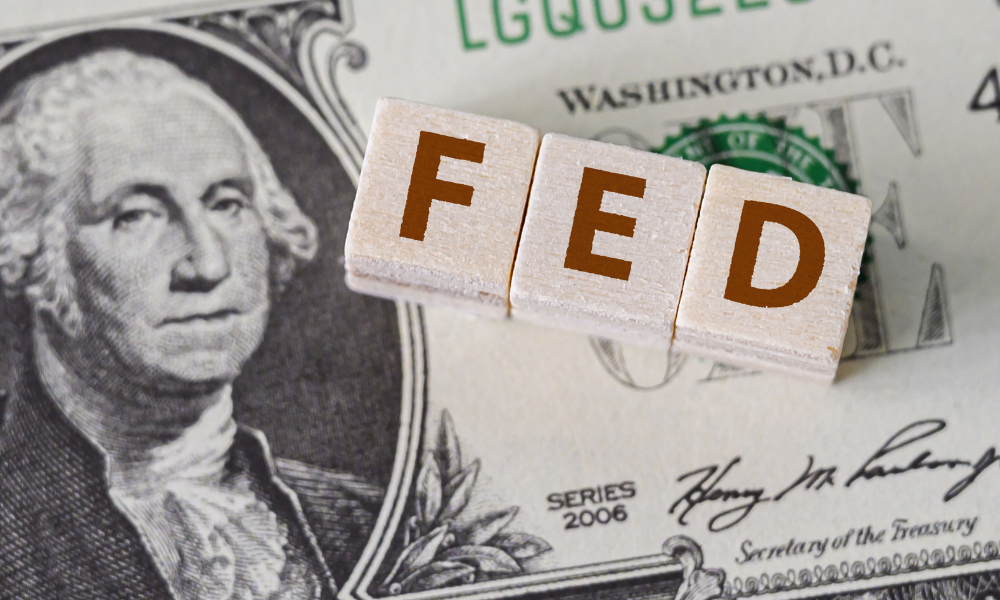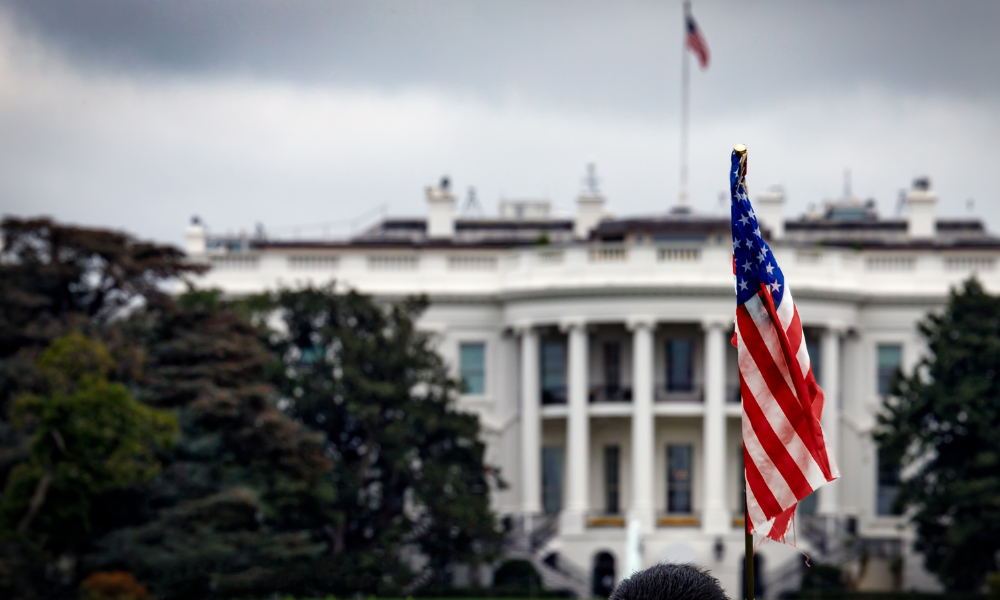Portfolio manager says tariffs, business-friendly policies have bolstered India’s existing potential

India’s economy has grown at an astronomical rate over the last decade, with the South Asian country expected to become the world’s third-largest economy by 2030, according to S&P Global.
And while the country faces long-standing logistical challenges, Christine Tan of Sun Life Global Investments suggests the country is ripe for investment amid global economic and geopolitical turmoil.
When Sun Life set up its India-focused Aditya Birla fund over 20 years ago, high population and room for exponential growth were the country’s most appealing traits. India’s positioning in the global market has shifted dramatically over the last two decades, though Tan says the fund remains drawn to the country for the same reasons it initially expressed.
“There was so much potential in this very young country that we saw. We also saw that it was an equity market that was small … and it's now actually slightly bigger than Canada as a market cap,” said Tan, Portfolio Manager for Sun Life Global Investments. “So a lot has changed, but the potential remains the same – very big population, very young demographic, a country that is still opening up to the world.”
As the high levels of uncertainty created by US President Donald Trump’s tariffs continue to shake developed markets, investment opportunities in India have become increasingly attractive, according to Tan. She says India is well positioned to take advantage of the tariff situation, pointing to the country’s absence of a trade deficit with the US. However, she says the tariffs are not overhauling Sun Life’s overall approach to India due to the lack of clarity surrounding Trump’s implementation of tariffs.
“There's still a lot that remains unknown about tariffs, so we wouldn't make long term asset allocation changes based on just that,” she said. “Having said that, if you look at the global economy, certainly India would be one of the countries that are less affected. It doesn't have a large deficit with the US, so it's not in the US government's cross hairs.”
India has historically taken a protectionist view towards its economy, as its large population provides a consumer base creates a reduced need for imports and exports. However, India’s long-time President Narendra Modi has gradually reduced barriers to international trade while maintaining some firm limits to appease his electorate, according to Tan.
“Agriculture is a sector that the government is still quite cautious and protective around. And to some extent broader retail, because there are a lot of smaller Mom and Pop retailers where their livelihoods rely on these small businesses … India's focus is in building a manufacturing hub making goods for its own people, that domestic consumption base.”” she said. “So the government is very cautious about letting in very big store retailers that can come in and out compete. But otherwise, the government's been opening up and encouraging global not just global investors and global companies, but also saying to domestic companies, ‘hey, what do you need to ramp up your production?’”
Due to its massive population, rapid industrialization and urbanization, India’s rise as an emerging market is frequently compared to China’s in the 1990’s. But as the global manufacturing market has turned on its head, Tan suggests India is unable to simply copy China’s blueprint. She also points to geography as another crucial difference, as India does not have the same space to develop key infrastructure such as ports.
“China was able to urbanize very quickly by investing in its manufacturing base, because at the same time, the rest of the world was growing very quickly, and the developed world wanted to outsource what they viewed as low value manufacturing jobs,” Tan said. “That's one key difference today, where India's in a world where almost all countries want to bring jobs back … there's no longer going to be that tailwind of manufacturing jobs being outsourced.”
Tan agrees that India’s targets of six to seven per cent growth per year are achievable, though the infrastructure piece remains a major hurdle to overcome before larger targets can be achieved. India is currently in a phase of rapid infrastructure development, particularly in its least-connected rural regions. But unlike China in the 1990’s, it does not have a centralized government to hasten infrastructure development and urbanization to the same extent.
Renewables is a sector Tan is looking at with real enthusiasm, with solar an especially practical and cheap alternative to fossil fuel consumption. Only China burns more coal than India, though the sun-kissed country has begun implementing low-cost, Chinese-made solar panels on macro and micro levels.
“They’re right on the equator, so and the availability of energy generation from solar is actually quite high for India,” she said. “Because China is such a big economy, once they started implementing solar, solar panels became highly scalable. So the cost dramatically declined.”
COVID was crucial to India’s rapid implementation of technology, with digital banking, payment systems and biometrics reaching millions of consumers over the last five years. Modi’s administration has also removed low denomination bills from its central bank, another aspect of India’s banking modernization. Tan suggests this digital revolution is essential to accelerating domestic consumer spending, a trend that investors can view with increasing excitement.
“If you go to one of the markets to buy vegetables, it used to be that you had to pay in cash,” Tan said. “Now, if you go to that same market and you buy vegetables for three rupees, the vendor will have a little code that you scan with your phone.”



